- growing-importance-of-telemedicine-for-heart-disease-patients
- how-telemedicine-supports-continuous-cardiac-monitoring
- reducing-hospital-readmissions-through-digital-care
- real-life-experiences-from-heart-disease-patients
- challenges-and-barriers-in-telemedicine-adoption
- how-to-start-using-telemedicine-effectively
1. Growing Importance of Telemedicine for Heart Disease Patients
As the healthcare industry rapidly embraces digital transformation, telemedicine for heart disease patients has emerged as a revolutionary tool. With cardiovascular disease remaining the leading cause of death in the U.S., the urgency for effective, accessible, and continuous care is greater than ever. Telemedicine—once seen as a supplement—has become an essential part of cardiac treatment plans, especially after the COVID-19 pandemic forced healthcare systems to rethink patient engagement.
Through virtual consultations, remote monitoring, and AI-driven diagnostics, patients can now manage chronic heart conditions like hypertension, heart failure, and arrhythmias from the comfort of their homes. For elderly or rural patients, telemedicine bridges the gap between specialist care and location barriers, ensuring timely interventions. Healthcare providers are increasingly integrating platforms like HeartCare Hub to streamline cardiology check-ins, medication management, and personalized care—all without the need for in-person visits.
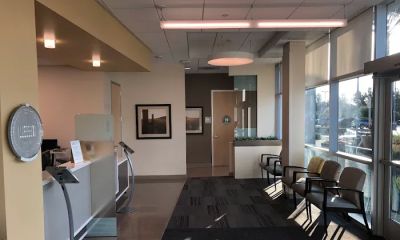
2. How Telemedicine Supports Continuous Cardiac Monitoring
For heart patients, continuous monitoring can mean the difference between early intervention and emergency hospitalization. Telemedicine has enabled a new era of real-time cardiac care through wearable technology and integrated platforms. Devices like smartwatches, chest straps, or Bluetooth-enabled ECG patches track heart rate, rhythm, and even oxygen saturation. This data is sent to clinicians for analysis, alerting them to any abnormalities immediately.
Take John, a 63-year-old heart failure patient in Michigan. After enrolling in a remote monitoring program through his provider, his Apple Watch flagged irregular rhythms. A quick telehealth follow-up confirmed early signs of atrial fibrillation. His cardiologist adjusted medication remotely, preventing a likely ER visit. It’s this type of data-driven, proactive care that’s redefining chronic disease management.
These systems are often tied to platforms like HeartCare Hub, where patients and doctors can track trends over time, identify risks, and adjust care plans without physical appointments. For many, this model not only improves health outcomes but also reduces stress, travel, and overall costs.
Deborah Heart and Lung Center
deborah heart and lung center
200 Trenton Rd, Browns Mills, NJ 08015, USA

3. Reducing Hospital Readmissions Through Digital Care
One of the biggest challenges in cardiology is preventing hospital readmissions, especially within 30 days of discharge. According to the American Heart Association, up to 25% of heart failure patients are readmitted within a month. Telemedicine is actively changing this statistic by extending care beyond hospital walls.
Post-discharge telehealth follow-ups allow providers to ensure medication adherence, assess dietary compliance, and answer patient concerns in real time. Many systems also send automated reminders and health prompts to patients' smartphones—whether it’s to take meds, record blood pressure, or track symptoms. These digital touchpoints drastically reduce gaps in care.
For example, a 2022 study published in the Journal of Telemedicine and Telecare showed that heart failure patients enrolled in telehealth follow-up programs experienced a 38% reduction in 30-day readmissions. This not only improves patient quality of life but significantly lowers healthcare system burdens. HeartCare Hub offers tailored programs with this very goal—ensuring long-term stability for those at high cardiac risk.
4. Real-Life Experiences from Heart Disease Patients
Beyond statistics, the value of telemedicine becomes clearest in personal stories. Linda, a 58-year-old stroke survivor from Georgia, shared how telemedicine helped rebuild her trust in healthcare. “I was terrified of going back to the hospital,” she said. “But with weekly virtual check-ins, I felt supported and watched over. I even learned how to use a digital blood pressure monitor and upload readings to my cardiologist through the HeartCare Hub.”
Similarly, Victor, a truck driver with chronic hypertension, used telehealth tools to maintain continuity of care on the road. “Between routes, I’d log into a video session from my cab. It kept me accountable and made sure I wasn’t skipping medication.”
These stories underscore a vital truth: telemedicine doesn’t just improve logistics—it transforms how patients perceive and participate in their care. The confidence it provides empowers patients to take ownership of their condition, something traditional care often fails to encourage.
5. Challenges and Barriers in Telemedicine Adoption
Despite its benefits, telemedicine for heart disease patients isn’t without hurdles. One major issue is the digital divide. Many older adults or rural patients lack access to reliable internet or familiarity with digital tools. Others may feel hesitant to trust virtual visits over in-person exams, particularly when dealing with life-threatening conditions.
Additionally, not all telehealth platforms are created equal. Inconsistent data integration, lack of real-time feedback, and limited device compatibility can frustrate users and providers alike. And while Medicare and many private insurers now cover telemedicine, billing confusion and reimbursement rates can still pose barriers.
Solutions are emerging. Programs supported by HeartCare Hub are investing in patient education, lending tablets or Wi-Fi hotspots, and designing senior-friendly apps. With better tech and training, the adoption gap continues to shrink. Regulatory bodies are also working to standardize telemedicine coding and reimbursement policies to make it a seamless part of long-term care.
6. How to Start Using Telemedicine Effectively
If you or a loved one is managing heart disease, getting started with telemedicine can be both empowering and practical. The first step is to talk to your cardiologist about whether your condition is suitable for virtual follow-up. Most clinics today are partnered with platforms like HeartCare Hub, which offer secure video conferencing, prescription management, and real-time vitals tracking.
Make sure your home setup includes a stable internet connection, a smartphone or tablet, and any recommended monitoring devices like a BP cuff, heart rate monitor, or weight scale. It’s also smart to prepare for your virtual appointments just like you would an in-person visit—write down symptoms, questions, and recent readings.
Once set up, many patients find that telemedicine adds convenience and peace of mind. It turns healthcare into a dynamic partnership instead of a series of stressful events. With consistent virtual support, even complex heart conditions can be managed with confidence, autonomy, and ease. And when in doubt, resources at HeartCare Hub are always available to guide you through every step of the process.





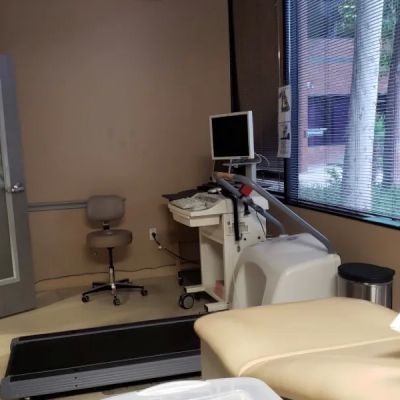
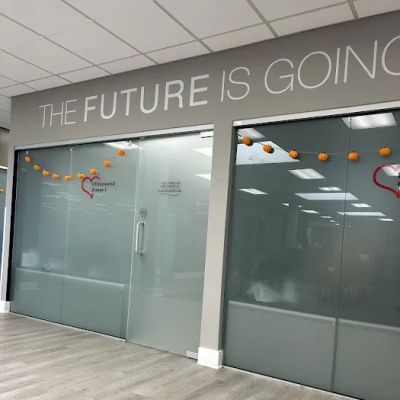


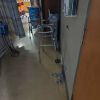

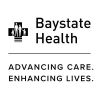
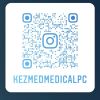








Hoag Urgent Care Irvine - Sand Canyon
hoag urgent care
16205 Sand Canyon Ave Suite 100, Irvine, CA 92618, USA